Quan Thanh Temple
Each attraction in Hanoi is associated with many legends and stories, many of which have stood for hundreds if not thousands of years. Among them, Quan Thanh Temple is an attraction that visitors should stop by and take a look at and dig into its story.
Overview
Located on Thanh Nien Street in Quan Thanh Ward, Ba Dinh District, Hanoi, Quan Thanh Temple is a Taoist temple recognized as one of Hanoi’s four sacred temples, built to honor the four protectors of the city in each cardinal direction. The four temples in Hanoi include:
- Quan Thanh Temple: known as the North Gate, it honors “Huyen Thien Tran Vu,” known as “The God of the North,” celebrated for vanquishing evil and malevolent forces.
- Kim Lien Temple (Phuong Lien Ward): recognized as the South Gate.
- Voi Phuc Temple (Cau Giay Ward): referred to as the West Gate.
- Bach Ma Temple (Hang Buom Street): identified as the East Gate.
Quan Thanh Temple was constructed alongside the other three temples to protect the gates of the Thang Long Citadel from invaders and evil spirits. “Huyen Thien Tran Vu,” worshipped at Quan Thanh Temple, is believed to be a Taoist deity presiding over aquatic creatures. He is symbolically represented by the turtle, signifying wealth, and the snake, symbolizing protection, making him a revered figure among local Taoists.
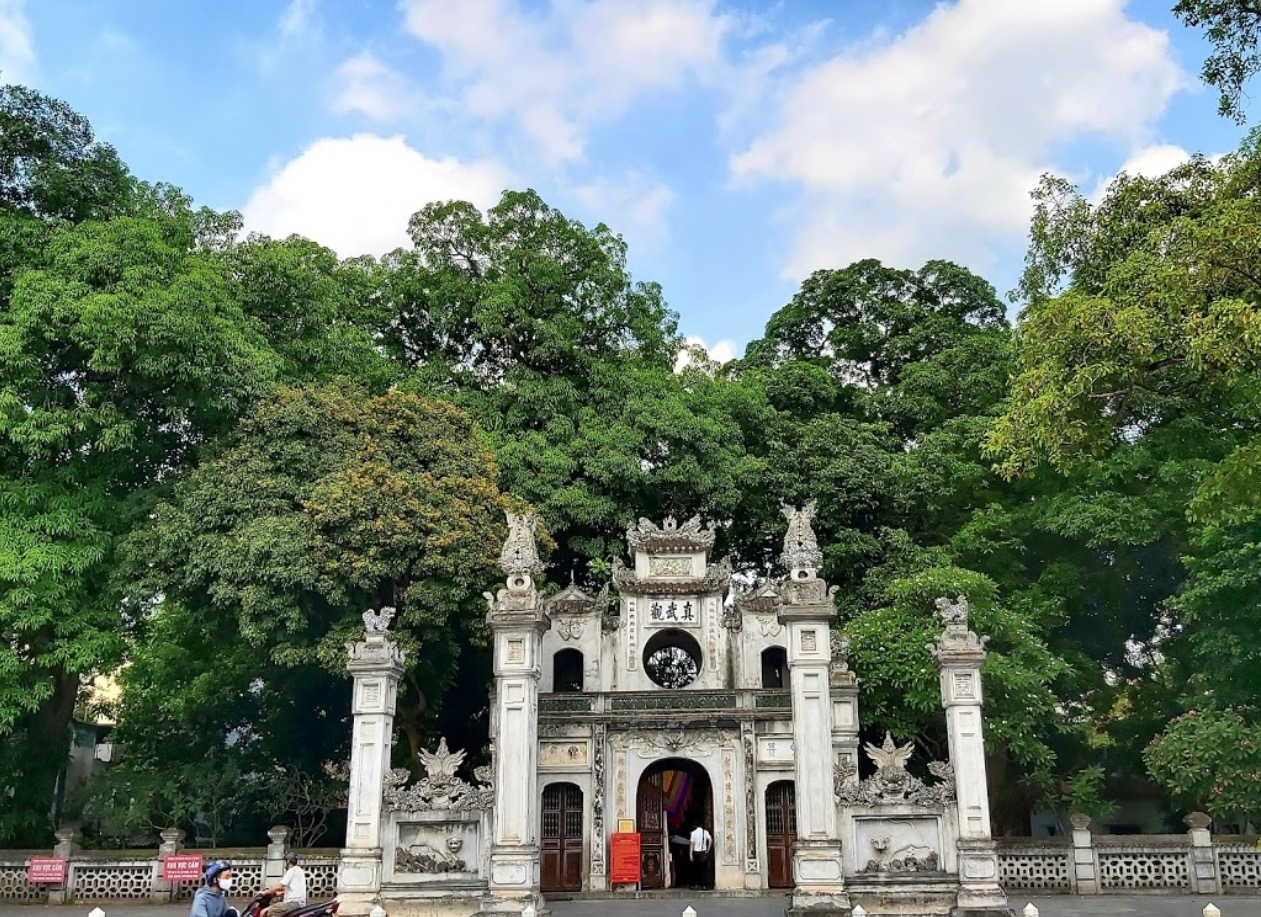 Photo by @Minh Hoang
Photo by @Minh Hoang
This historic site exemplifies Vietnamese cultural values and stunning architecture, making Quan Thanh Temple a must-visit destination for anyone exploring Hanoi. Its accessible location and unique cultural significance enhance its appeal to both tourists and locals.
History
Quan Thanh Temple is believed to have been erected in 1010 during the reign of King Ly Thai To. The king decided to move the capital from Hoa Lu (Ninh Binh) to Thang Long (now Hanoi), prompting the construction of the temple to commemorate this significant event.
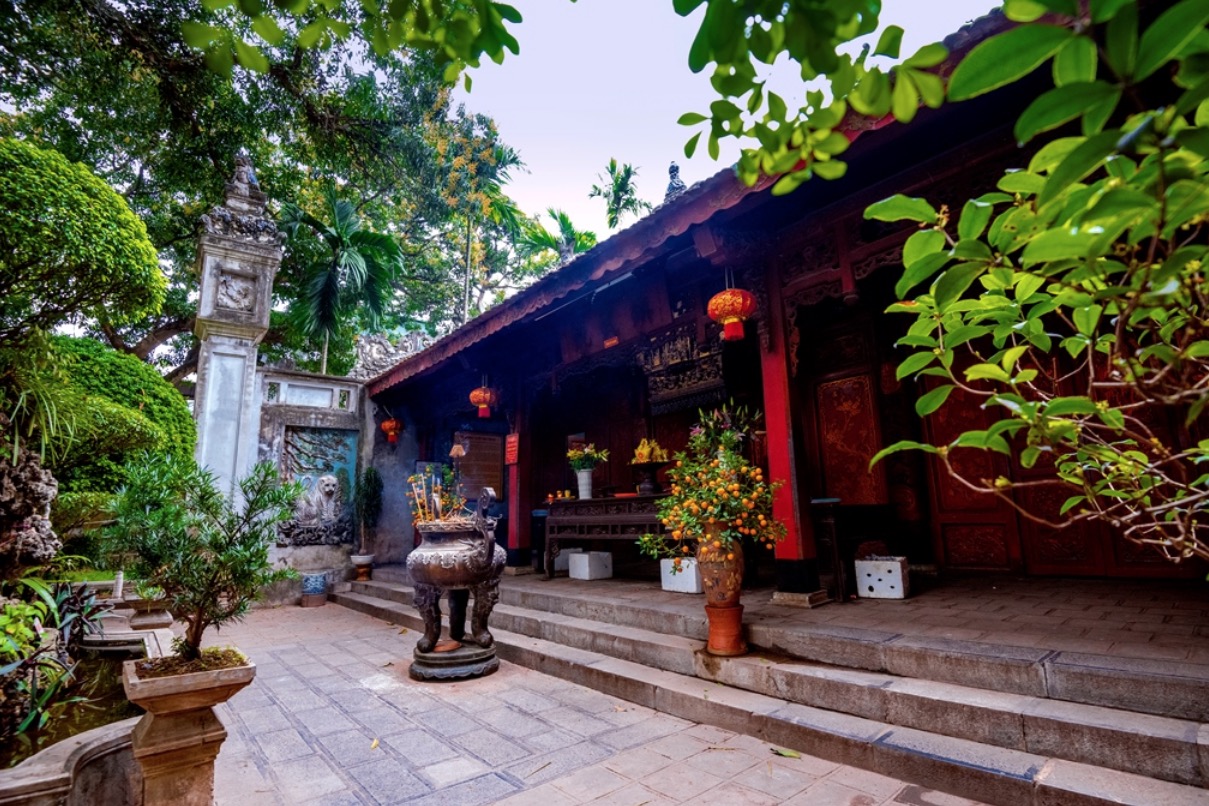 Photo by @Ngo Hai Anh
Photo by @Ngo Hai Anh
The temple has undergone several restorations throughout its history. A significant restoration occurred during the reign of King Le Hy Tong in 1677, which included the replacement of a wooden statue with a black-bronze statue and the addition of a bronze bell. Historically, each restoration was recorded by an inscribed stele, with the most recent inscription made in 1894 by Hoang Cao Khai, a viceroy during the reign of King Thanh Thai in the French colonial era.
Highlights of Quan Thanh Temple
Among the notable features of Quan Thanh Temple is the remarkable black-bronze statue of “Huyen Thien Tran Vu,” which stands as the second largest statue in Vietnam, reaching a height of 3.6 meters and weighing approximately 3,600 kilograms. This impressive figure invariably captivates visitors.
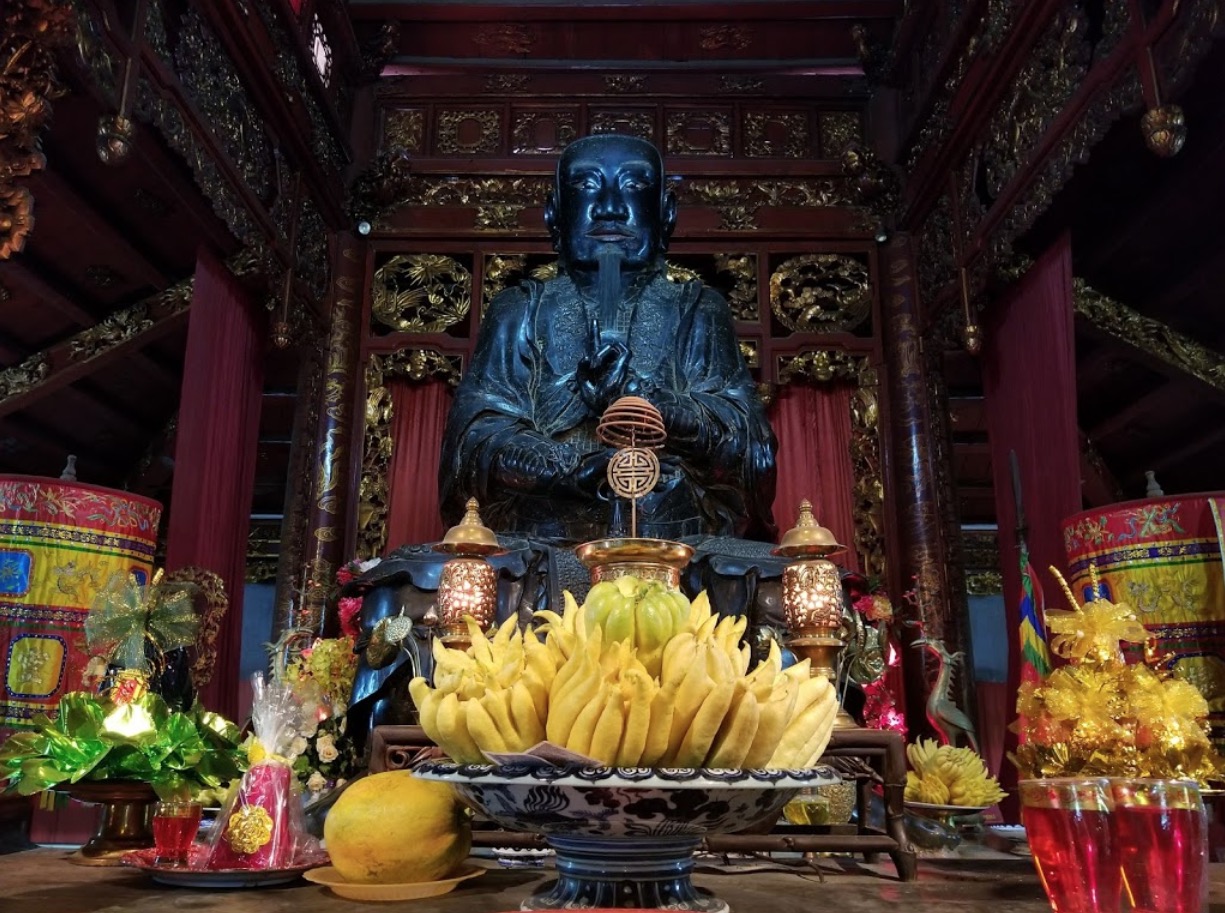 Photo by @Noah Coltin
Photo by @Noah Coltin
Additionally, the temple is home to a massive bronze bell, which stands at a height of 1.15 meters. The uniqueness and grandeur of both the statue and the bell leave a profound impression on every visitor who comes to experience this sacred space.
Visitors to Quan Thanh Temple can also admire various ancient texts, including poems and stele from the 17th and 18th centuries. A collection of Chinese ancient scripts (known as “chu Han”) and Vietnamese scripts (known as “chu Nom”) are also showcased within the temple.
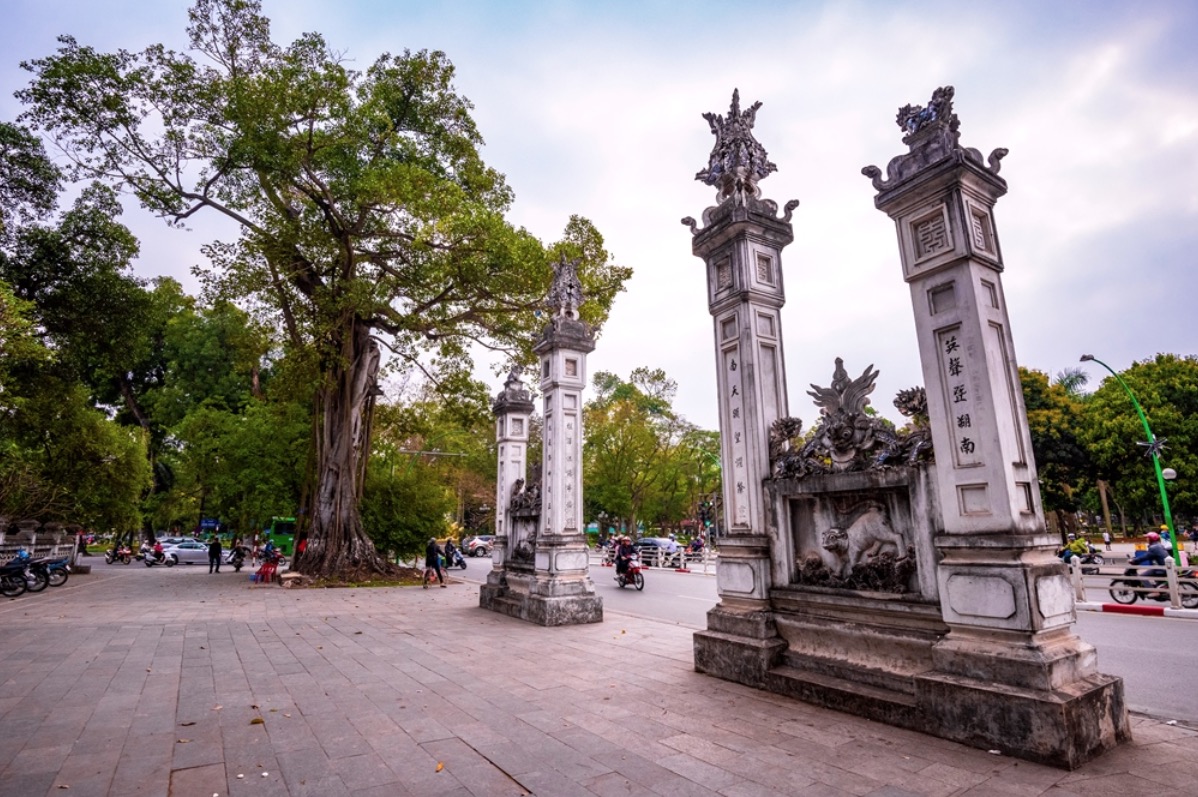 Photo by @Phuoc Phan Huu
Photo by @Phuoc Phan Huu
If you plan to visit Quan Thanh Temple for prayers or offerings, consider coming during the Tet holiday or on the first and fifteenth days of the month. Local residents frequently flock to the temple these days to seek blessings for health, good fortune, and success. However, if you're seeking a tranquil environment to appreciate the temple's stunning architecture, it’s advisable to avoid these busy periods.
How to get there
From the Old Quarter, it takes approximately 10 minutes by car or motorbike to reach the temple. Located centrally in Hanoi, it’s also convenient to access the temple via public transportation. Key bus routes that stop near Quan Thanh Temple include Bus No. 14 (Hoan Kiem Lake – Co Nhu), Bus No. 45 (Times City – Southern Thang Long Station), and Bus No. 50 (Long Bien – National Stadium).
Thanks to its strategic location and short travel time, both locals and tourists can easily visit the temple to appreciate its serene and exquisite beauty. After your visit, consider taking a leisurely walk along West Lake to enjoy the sunset while indulging in some ice cream from nearby vendors.
Useful Information
- Location: Den Quan Thanh, Hanoi
- Best for: All visitors
- Entrance: 10,000
- Hours: 9:00am - 5:00pm
- Distance to city center: 1.7km (1.1 mi)
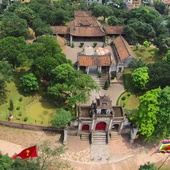
Co Loa Citadel
Being a cultural heritage, a testament to the creativity and technical skills of the old Vietnamese, Co Loa Citadel is definitely an ideal tourist destination that visitors cannot ignore when visiting Hanoi.
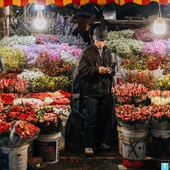
Quang Ba Flower Market
Without the normal hustle and bustle of normal markets, Quang Ba Flower Market is charming in its own way.
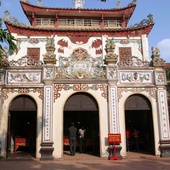
Phu Tay Ho
About 4 kilometers to the west of the Hanoi center, Phu Tay Ho lies on the quiet and peaceful peninsula of ancient Nghi Tam village, West Lake, Quang An ward, Tay Ho district.








